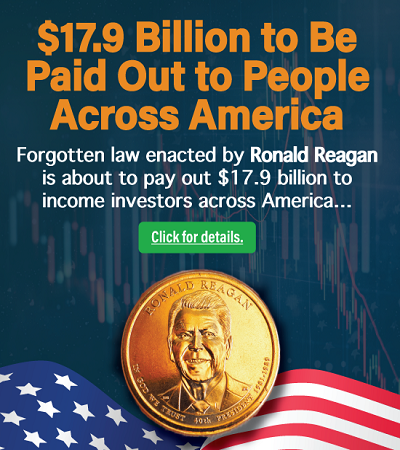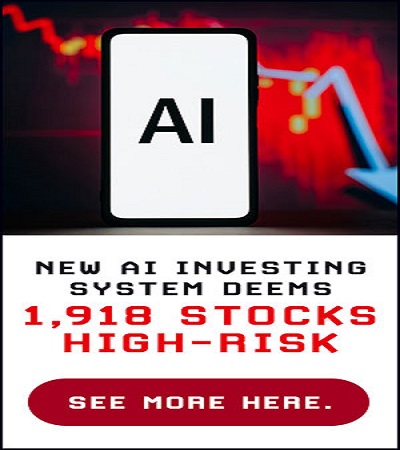Buying shares and letting dividends or capital gains pile up can be a lucrative way to get ready to retire early. But that plan requires an investor to decide what shares to buy.
Here is one approach an investor could consider.
Starting with the end in mind
To boost the value of the portfolio in the decades leading up to retirement, so that it can produce an income through dividends, an investor could choose growth shares, income shares, or a combination of both.
The long timeframe involved here could allow for a growth share to show its real potential, as a young business blooms into something much larger.
But that timeframe could also allow the power of compounding to demonstrate itself. For example, compounding a portfolio of income shares at an annual rate of 7% would mean it should grow by 661% in total over a period of 30 years.
On the hunt for long-term value compounders
In that context, it could make sense for an investor to buy either growth or income shares along the way. Either could compound in value over time.
But I think a key point to ask is: what does the future look like?
In other words, investing for decades ahead is not necessarily the same as when someone with a short-term mindset looks for shares to buy.
So it can be helpful to think about what industries could be thriving decades down the road.
That could be an old one: for example, I expect insurance to remain big business. But it could be a new one too: three decades ago, search engines and social media were in their infancy but both are now huge revenue generators.
Still, in any large or potentially large industry, how could an investor decide from the different shares available what ones to buy?
Why a proven business model can aid investment decisions
One approach is to look for businesses that have a proven commercial model.
That could mean ruling out some real disruptors that go on to be massive successes. But it could hopefully also mean avoiding lots of early-stage companies whose number one skill is burning through cash.
A proven business model not only suggests that a firm has what it takes to make money. It can also suggest that a company is being run by real business managers, not people who confuse having a great idea with having a great business.
An example in practice
To illustrate, let’s look at one share I think investors should consider: drinks giant Diageo (LSE: DGE).
There are risks to long-term market demand, such as lower enthusiasm for alcoholic drinks among young people, compared to older generations.
But I still think the drinks market is likely to stay massive.
Diageo has some competitive advantages that allow it to compete and make profits. I think they could endure for a long time. Its portfolio of premium brands is a huge asset, but so too is its network of unique production sites (such as famous Scottish distilleries) and vast global distribution network.
It has grown its dividend per share annually for decades.
After a 24% share price fall in five years, I think the price-to-earnings ratio of 18 now looks reasonable for such an excellent, proven business.
This post was originally published on Motley Fool







